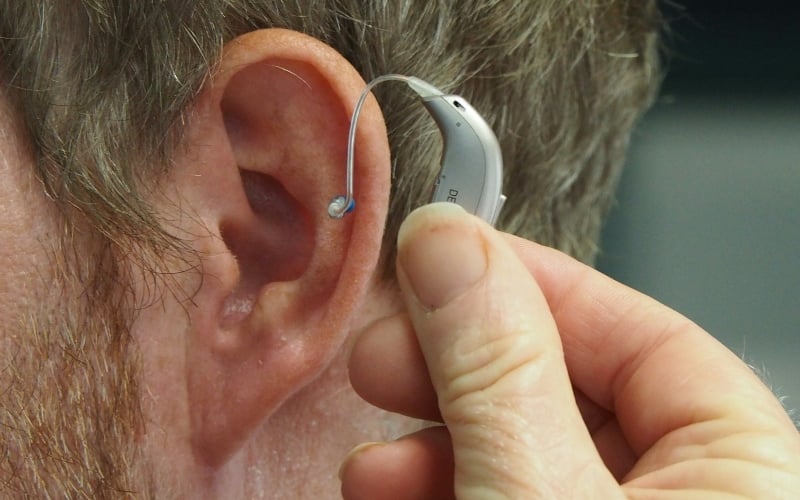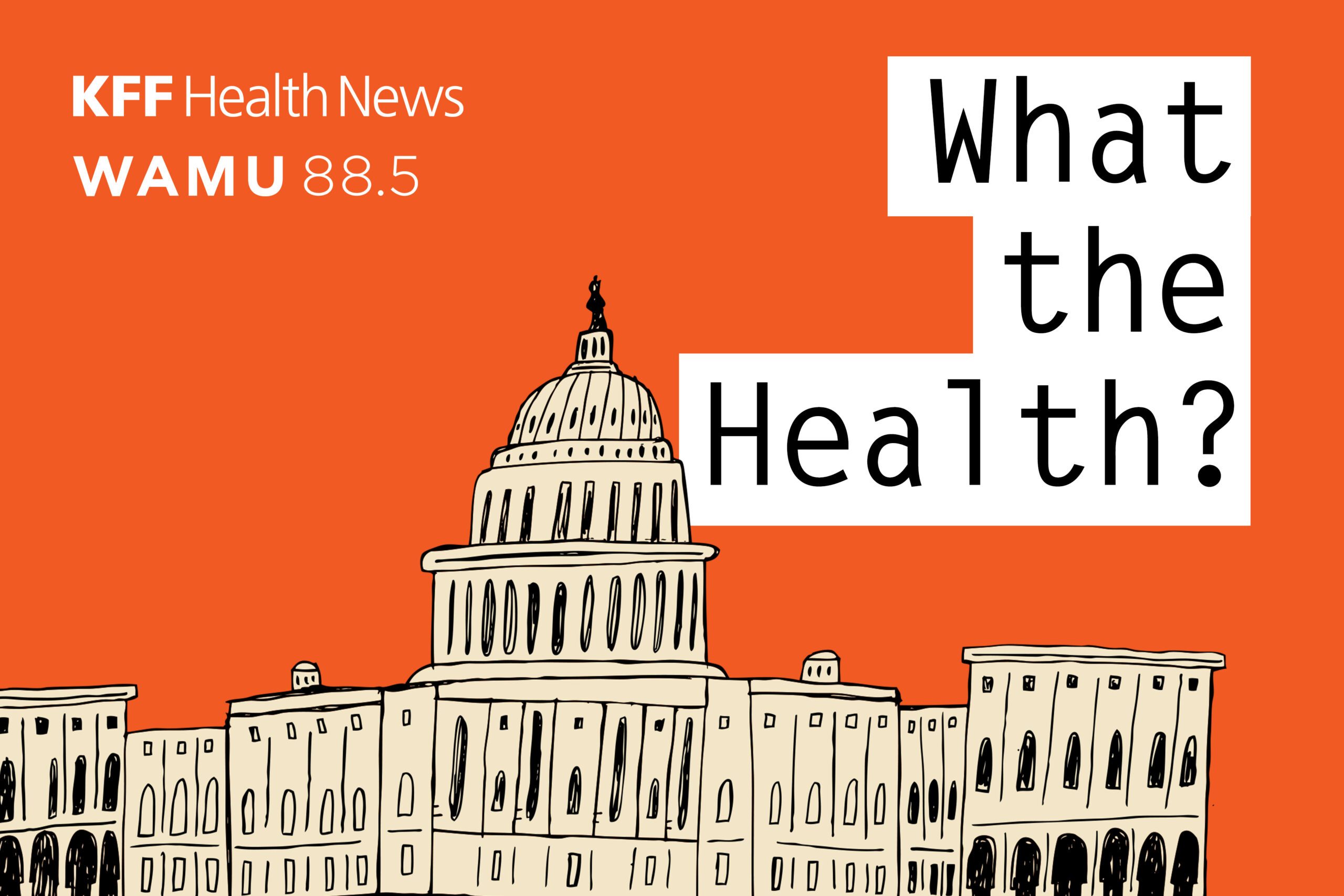Between 1.3 million and 1.7 million patients in the U.S. were cared for annually through hospice services from 2009-2020. But many people continue to have misperceptions of hospice care; 40 percent in one survey believed its sole purpose is sedating patients nearing death.
As fallacies and fear remain, some families avoid hospice as an option for their terminally ill loved ones, who miss out on care and support that can make their final months more enjoyable, says Debbie Johnston (www.debbiejohnston.com), author of The Hospice Handbook: Nurse Debbie’s Compassionate Guide To Navigating End-Of-Life Care.
“Plenty of people have no idea what hospice really is,” says Johnston, a long-time health care entrepreneur and founder of hospice care companies. “Our passing is a daunting prospect, the greatest mystery each of us will ever face. So who wouldn’t want support as we approach death, either our own or our loved ones?
“It’s a good idea to know in advance what hospice is and the many benefits it can provide. And the first thing to know is that bringing in hospice isn’t the same as throwing in the towel.”
Johnston’s mission to create more awareness about this healthcare option is driven in part by the COVID-19 patients who did not receive hospice care and died alone in hospital rooms.
“This appalling situation simply can’t happen anymore,” she says. “Those suffering patients needed hospice care during the pandemic, and so, so many of them didn’t receive it. This is unacceptable.”
The Hospice Foundation of America defines hospice as medical care designed to help someone with a terminal illness live as well as possible for as long as possible. To clear up misconceptions some people have about hospice care, Johnston makes the following points about what it is and what it is not:
- It’s a service, not a place. Some families think hospice care involves putting the ill family member in a lonely facility, but that’s not true. Hospice treats patients where they live. “Hospice is a philosophy of care, bringing physical, emotional and spiritual care and support to patients wherever it is they call home,” Johnston says. “An interdisciplinary team of professionals maps out a plan, based on that person’s unique diagnosis. The team also addresses the family’s needs.”
- It’s not about giving up. There are eligibility requirements for hospice care, one of which is your regular doctor and hospice doctor certifying that you’re terminally ill (with a life expectancy of six months or less). Johnston says hospice care is meant to increase both the quantity and quality of life for the patient, providing all medications, services and equipment the patient needs. Studies have shown that people on hospice live an average of 29 to 44 days longer than those not on hospice. “We have to stop thinking of hospice as a death sentence and a sign of surrender,” Johnston says. “We need to see it as an amazing opportunity to live until the end, without stress and with a sense of peace. But some people are referred for care much too late.”
- It’s not expensive. Hospice is covered by Medicare, Medicaid and most private insurance. “You don’t need to be rich to get access to it,” Johnston says. “So many people don’t realize that hospice is obtainable for all members of our society.”
- It’s an important acknowledgement. “Hospice is really a celebration of a patient as they near their final days,” Johnston says. “It’s an acknowledgement that they matter. The team’s attention gives them dignity and appreciation when they need it the most. It’s possible to find happiness, love, and a sense of community to your very last days through hospice.”
“Let’s share the good news with our communities that providing readily available hospice care is one of the most effective ways to care for its citizens,” Johnston says.
***
You Might Also Like These From The Good Men Project
 Compliments Men Want to Hear More Often
Compliments Men Want to Hear More Often  Relationships Aren’t Easy, But They’re Worth It
Relationships Aren’t Easy, But They’re Worth It  The One Thing Men Want More Than Sex
The One Thing Men Want More Than Sex  ..A Man’s Kiss Tells You Everything
..A Man’s Kiss Tells You Everything Join The Good Men Project as a Premium Member today.
All Premium Members get to view The Good Men Project with NO ADS.
A $50 annual membership gives you an all access pass. You can be a part of every call, group, class and community.
A $25 annual membership gives you access to one class, one Social Interest group and our online communities.
A $12 annual membership gives you access to our Friday calls with the publisher, our online community.
Register New Account
Log in if you wish to renew an existing subscription.
Username
First Name
Last Name
Password
Password Again
Choose your subscription level
- Yearly - $50.00 - 1 Year
- Monthly - $6.99 - 1 Month
Credit / Debit Card PayPal Choose Your Payment Method
Auto Renew
Subscribe to The Good Men Project Daily Newsletter By completing this registration form, you are also agreeing to our Terms of Service which can be found here.Need more info? A complete list of benefits is here.
—
Photo credit: Shutterstock
The post Misconceptions About Hospice Care: It’s About Quality of Life, Not Imminent Death appeared first on The Good Men Project.
Original Article










